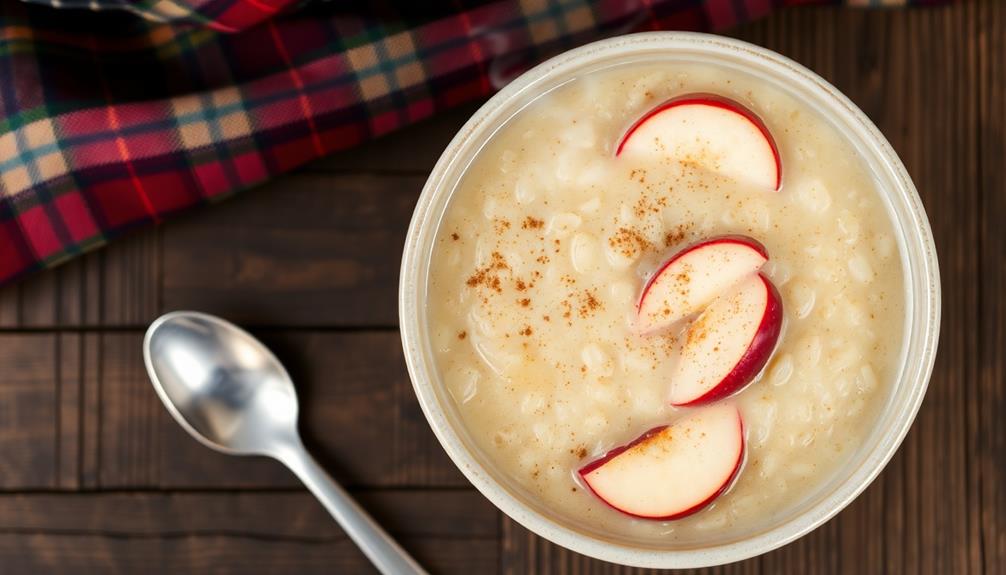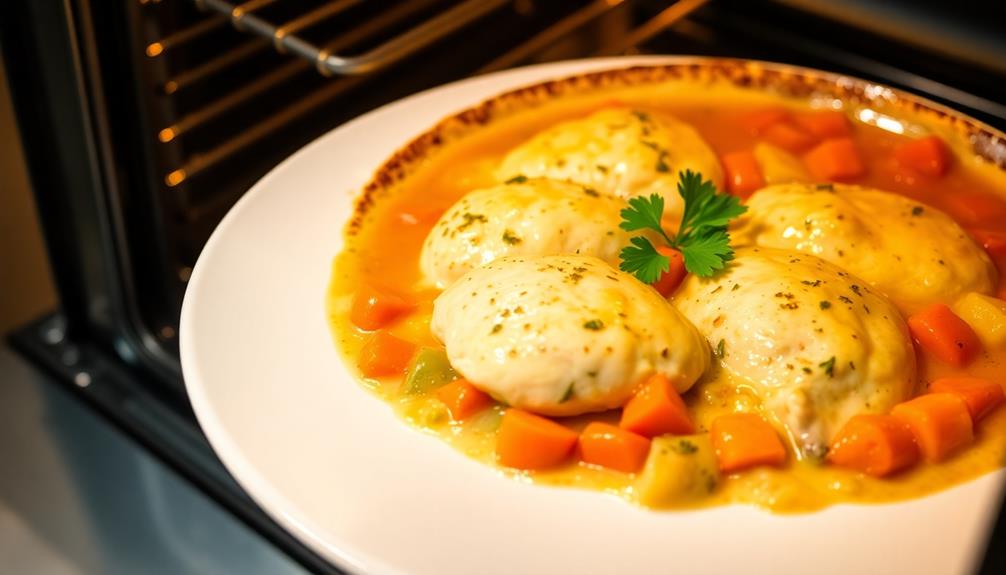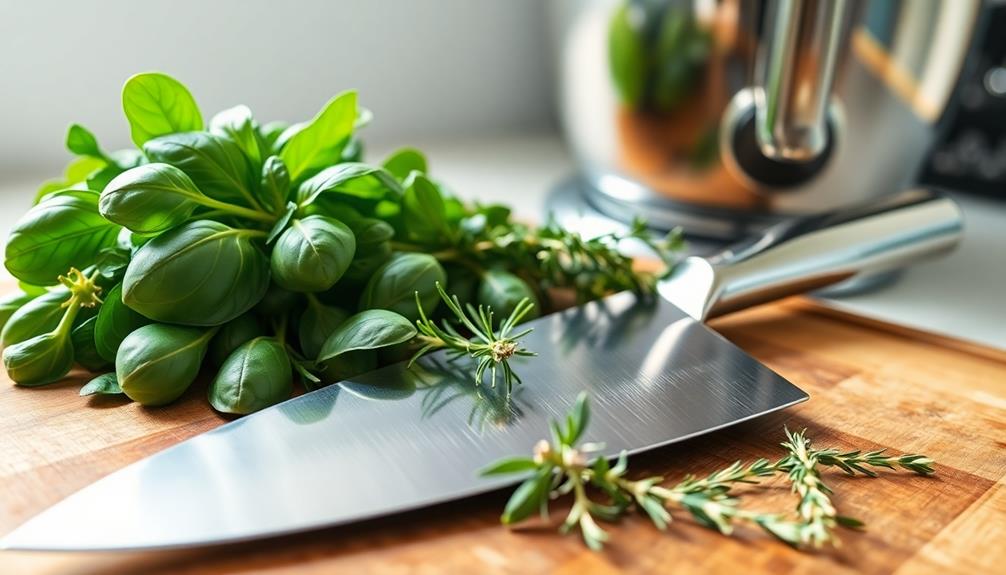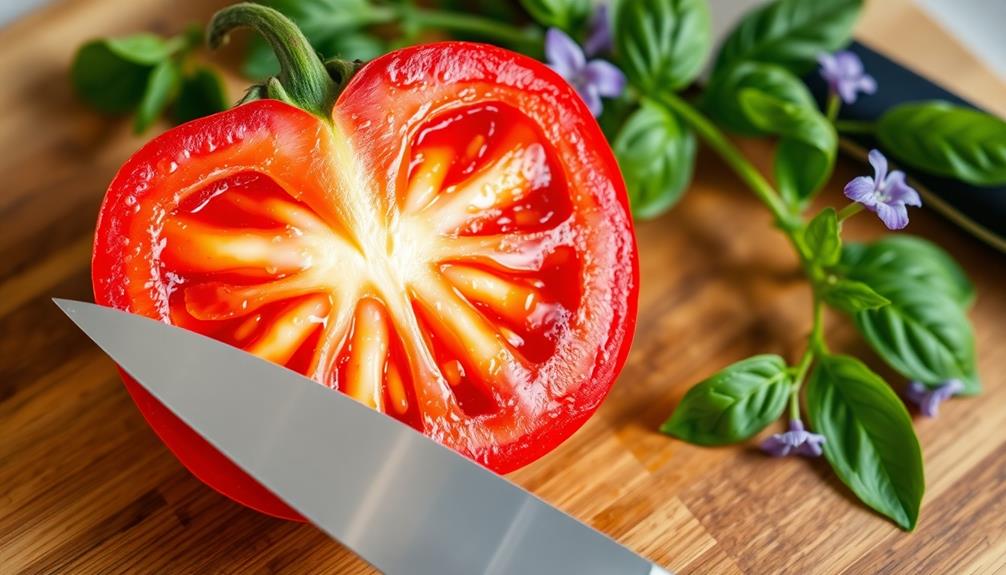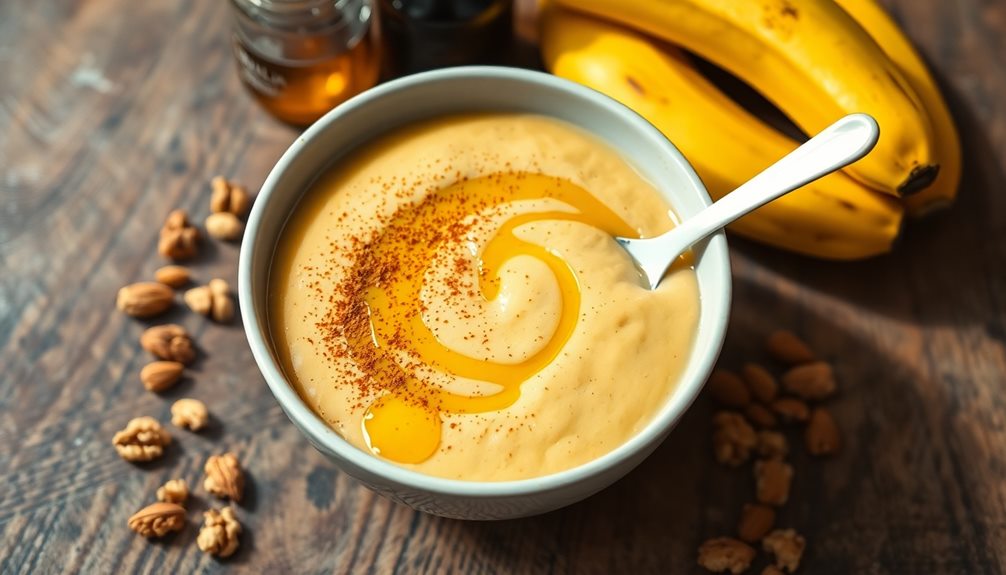Step into the cozy world of Scottish porridge, a hearty oatmeal tradition that's been warming the hearts and souls of Scots for centuries. This nourishing dish, crafted from steel-cut oats and simmered to creamy perfection, is not just a breakfast staple – it's a cherished part of Scotland's cultural heritage, connecting generations to the country's rural landscapes and resourceful agrarian roots. With a simple recipe and versatile toppings, Scottish porridge offers a satisfying sensory experience, from its comforting aroma to its rich, velvety texture. Discover the intriguing history and traditions behind this timeless Scottish delight.
Key Takeaways
- Scottish porridge has a rich history dating back to the 13th century, reflecting the country's agrarian roots and cultural identity.
- The traditional recipe involves simmering steel-cut oats with water or milk and salt, resulting in a creamy, comforting texture.
- Porridge can be customized with a variety of toppings, from sweet to savory, making it suitable for various occasions.
- Oats in Scottish porridge provide a nutritious foundation, offering fiber, vitamins, and minerals that contribute to overall well-being.
- The sensory experience of Scottish porridge, from its warm aroma to its satisfying mouthfeel, evokes nostalgia and connection to Scottish heritage.
History
When did the tradition of Scottish porridge begin? Well, it's been a beloved breakfast staple in Scotland for centuries!
Scottish porridge has its roots in the country's long history of oat cultivation. Oats grew abundantly in the rugged Scottish landscape, making them a readily available and affordable ingredient.
As early as the 13th century, Scots were cooking up hearty bowls of porridge made from these nutrient-rich oats. Over time, the recipe evolved, with people adding unique regional touches, like stirring in sweet honey or savory cheeses.
Today, Scottish porridge remains a cherished part of the country's culinary heritage.
Whether enjoyed on a crisp morning or as a comforting midday meal, this classic dish connects Scots to their past. The simple act of simmering oats into a creamy, satisfying porridge has united generations, providing nourishment and a taste of home.
It's a tradition that continues to warm hearts and bellies across Scotland.
Recipe
Porridge has been a staple breakfast dish in Scotland for centuries. The creamy and comforting texture of properly cooked Scottish porridge is a quintessential part of the country's culinary heritage. While the basic recipe is simple, there are a few key techniques that can elevate this humble dish to new heights.
The traditional method of preparing Scottish porridge involves slowly simmering steel-cut oats in water or milk until they reach a thick, smooth consistency. The slow cooking process allows the starches in the oats to fully gelatinize, resulting in a porridge that's both nourishing and deeply satisfying.
Ingredients:
- 1 cup steel-cut oats
- 4 cups water or milk (or a combination)
- Pinch of salt
Cooking Instructions:
In a medium saucepan, combine the steel-cut oats and liquid (water, milk, or a combination). Bring the mixture to a boil over medium-high heat, then reduce the heat to low and let the porridge simmer, stirring occasionally, for 20-30 minutes, or until it reaches the desired consistency. Stir in a pinch of salt.
When preparing Scottish porridge, patience is key. The slow, gentle cooking process is essential for achieving the perfect creamy texture. Stirring the oats continuously helps release their natural starches, contributing to that rich, velvety consistency. While it may take a bit longer than some modern-day methods, the time invested is well worth the reward. For those who prefer shortcuts, there are many quick and easy pressure cooker recipes available, but nothing quite compares to the time-honored tradition of stovetop Scottish porridge.
Additionally, be mindful of the ratio of liquid to oats, as this can greatly affect the final result. Feel free to experiment with different liquids, such as a blend of milk and water, to find your preferred flavor profile.
Serve the porridge hot, topped with your choice of condiments, such as brown sugar, honey, fruit, or a drizzle of cream.
Cooking Steps
First, you'll want to rinse those steel-cut oats thoroughly to get rid of any impurities.
Then, add the boiling water and let it simmer for 15 to 20 minutes, stirring occasionally to prevent sticking.
Step 1. Rinse Steel-Cut Oats Thoroughly
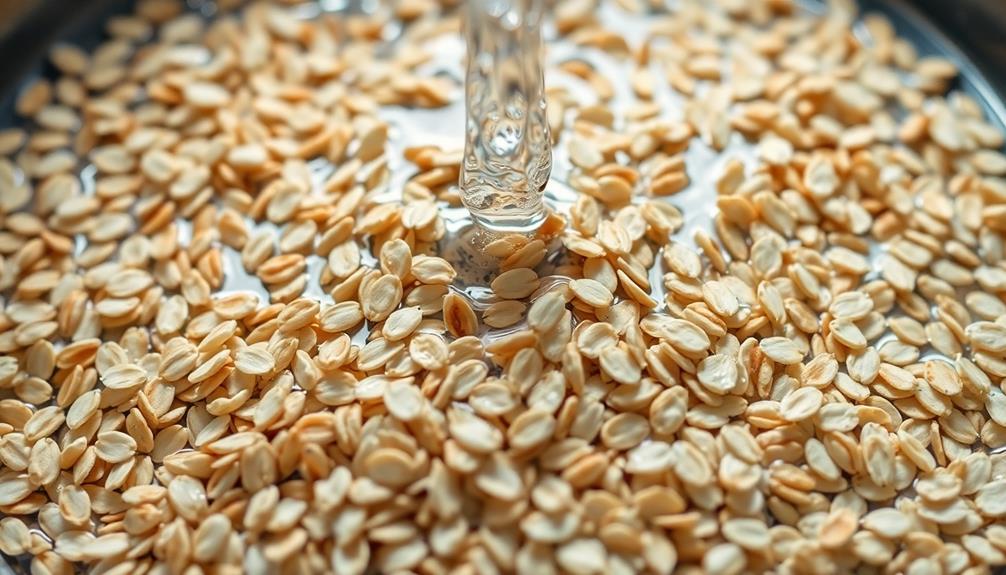
Before cooking the steel-cut oats, it's crucial to rinse them thoroughly under running water. This simple step helps remove any dust, debris, or impurities that may be present on the grains.
Simply place the oats in a fine-mesh strainer and hold it under cool, running water, gently stirring and swishing the oats around. You'll notice the water quickly becomes cloudy, indicating that you're successfully rinsing away any unwanted particles.
Once the water runs clear, you know the oats are clean and ready for cooking. This thorough rinsing helps ensure your porridge turns out perfectly smooth and creamy, without any gritty or unpleasant textures.
It's a quick and easy step that makes a big difference in the final dish. So, don't skip this important preparation – take the time to rinse those steel-cut oats and enjoy the delicious, wholesome results!
Step 2. Add Boiling Water
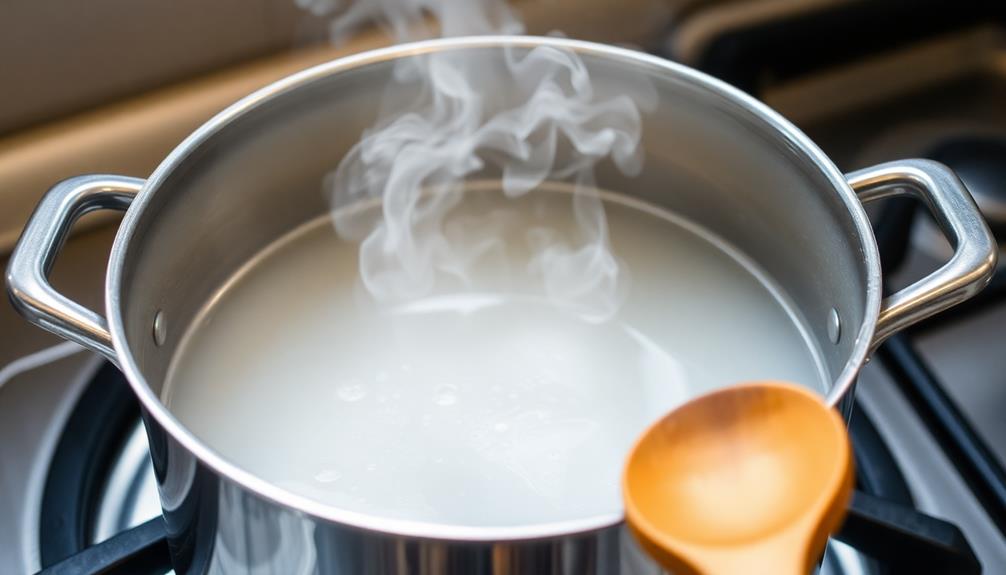
With the steel-cut oats thoroughly rinsed, you can now move on to the cooking process. Grab your trusty pot and pour in the recommended amount of boiling water. The exact ratio will depend on your recipe, but a good starting point is about 4 cups of water for every 1 cup of oats.
Once the water is bubbling, carefully pour in the rinsed oats. Stir the mixture gently to prevent any lumps from forming. Then, reduce the heat to low and let the porridge simmer. This slow, gentle cooking is the key to achieving that classic Scottish texture – creamy, yet with a satisfying chew.
As the oats cook, you'll notice the liquid thickening. This is a good time to give the pot an occasional stir to ensure even cooking.
After about 20-25 minutes, your porridge should be ready. The oats will be tender and the overall consistency will be rich and comforting, perfect for a hearty breakfast.
Step 3. Simmer for 15-20 Minutes
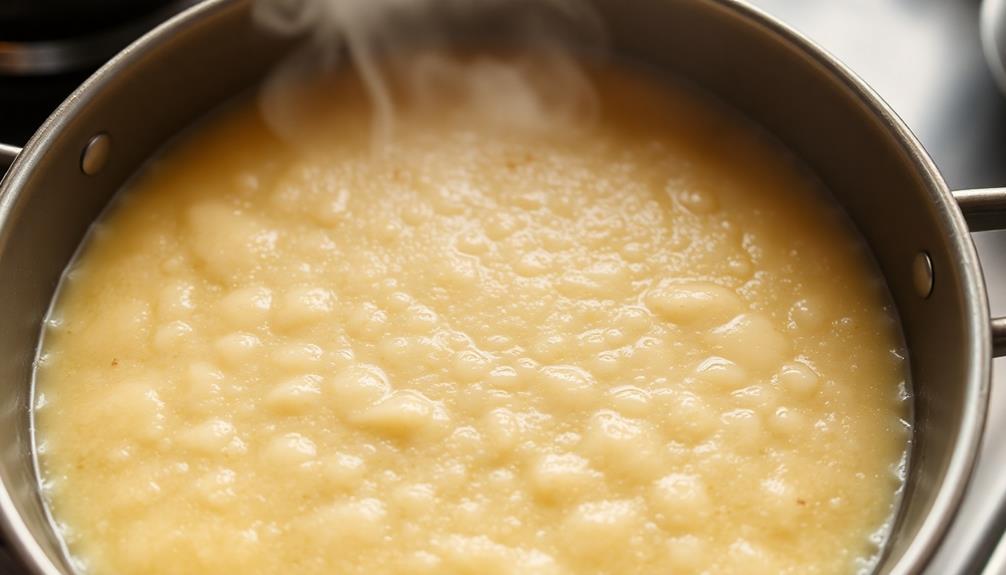
Once the oats have been added to the boiling water, reduce the heat to low and let the porridge simmer for 15-20 minutes.
This gentle simmering process is crucial for allowing the oats to fully cook and develop their creamy, irresistible texture.
Don't be tempted to rush this step – the longer you let the porridge simmer, the better it will turn out.
Stir the mixture occasionally to prevent sticking or burning.
The porridge should thicken nicely as it simmers, becoming rich and comforting.
You'll know it's ready when the oats have softened and the mixture has a smooth, velvety consistency.
This slow, steady simmering is what sets authentic Scottish porridge apart, creating the signature creaminess that makes it so beloved.
Take your time and enjoy the wonderful aroma filling your kitchen.
Before you know it, you'll have a steaming bowl of traditional Scottish porridge, perfect for starting your day off right.
Step 4. Stir Occasionally to Prevent Sticking
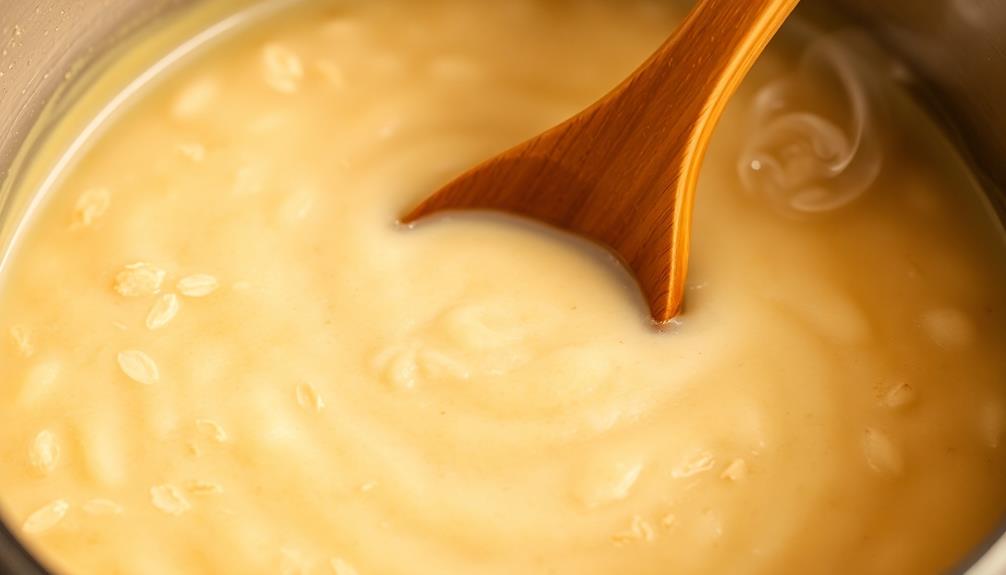
As the porridge simmers, be sure to stir it occasionally to prevent sticking or burning on the bottom of the pot.
Gently move your spoon around the mixture, lifting and folding the oats to ensure even cooking. This simple step helps to create the perfect, creamy texture that Scottish porridge is known for.
Don't let the porridge sit unattended – give it a few stirs every few minutes to keep it from scorching. The goal is a smooth, luxurious consistency, so take the time to monitor and stir as needed.
Stirring regularly also helps to release the natural starches in the oats, which contribute to the porridge's wonderfully thick and comforting mouthfeel.
With just a little attention, you'll end up with a hearty, nourishing bowl of traditional Scottish porridge that's sure to warm you up on a chilly morning.
Step 5. Serve Warm With Desired Toppings

When the porridge has reached your desired consistency, it's time to serve it warm with your choice of toppings. You can start by ladling the creamy, comforting porridge into your favorite bowl.
To make it even more nutritious, consider adding a sprinkle of chia seeds, which are high in dietary fiber and promote digestive health through Chia Seeds and Digestive Health.
Now, the fun part – it's time to dress it up!
Consider topping your porridge with a drizzle of golden honey or a sprinkle of brown sugar. For a touch of sweetness, you could also add a handful of juicy raisins or diced apples.
If you're feeling adventurous, try a dollop of tangy Greek yogurt or a sprinkle of toasted nuts for a delightful crunch.
Don't be afraid to get creative with your toppings! The possibilities are endless. The key is to find the combination that truly satisfies your taste buds and warms your soul on a chilly morning.
Enjoy your hearty Scottish porridge, personalized to perfection.
Final Thoughts
Ultimately, Scottish porridge remains a time-honored tradition that has withstood the test of time. Whether you prefer it with a drizzle of honey, a sprinkle of cinnamon, or a dollop of cream, this humble dish is a true delight.
The versatility of porridge allows you to customize it to your taste buds, making it a comforting breakfast or snack that can be enjoyed year-round.
Beyond its delicious flavor, Scottish porridge also holds cultural significance. It's a beloved part of the Scottish identity, a connection to the country's rich heritage and the rural landscapes that inspired its creation.
Savoring a bowl of steaming porridge can transport you to the misty glens and rolling hills of Scotland, evoking a sense of warmth and tradition.
As you savor your next bowl of Scottish porridge, take a moment to appreciate the history and care that goes into this timeless dish.
It's a testament to the enduring power of simple, nourishing foods to bring joy and comfort to our lives.
Frequently Asked Questions
What Are the Health Benefits of Eating Scottish Porridge?
Eating Scottish porridge provides various health benefits. It's a filling, fiber-rich meal that can improve digestion, promote heart health, and keep you energized throughout the day. Plus, it's a versatile breakfast that can be customized to your taste.
How Does Scottish Porridge Differ From Other Types of Oatmeal?
Scottish porridge differs from other oatmeals by its thicker, creamier texture and heartier flavor. It's made with steel-cut oats, which are less processed, resulting in a chewier, more filling meal compared to rolled or instant oats.
Can Scottish Porridge Be Prepared in a Microwave?
You can certainly prepare Scottish porridge in the microwave. Simply combine oats, water or milk, and a pinch of salt, then cook and stir until it reaches your desired consistency. It's a quick and easy way to enjoy this traditional breakfast.
Is Scottish Porridge Suitable for People With Dietary Restrictions?
Yes, Scottish porridge can be suitable for people with dietary restrictions. It's often made with gluten-free oats and can be customized to accommodate various dietary needs, making it a versatile and inclusive breakfast option.
How Long Does It Take to Properly Prepare Scottish Porridge?
Preparing proper Scottish porridge takes about 15-20 minutes. You'll need to simmer the oats, stir frequently, and adjust the consistency to your desired thickness. It's a hands-on process, but the creamy, comforting result is well worth the time.
